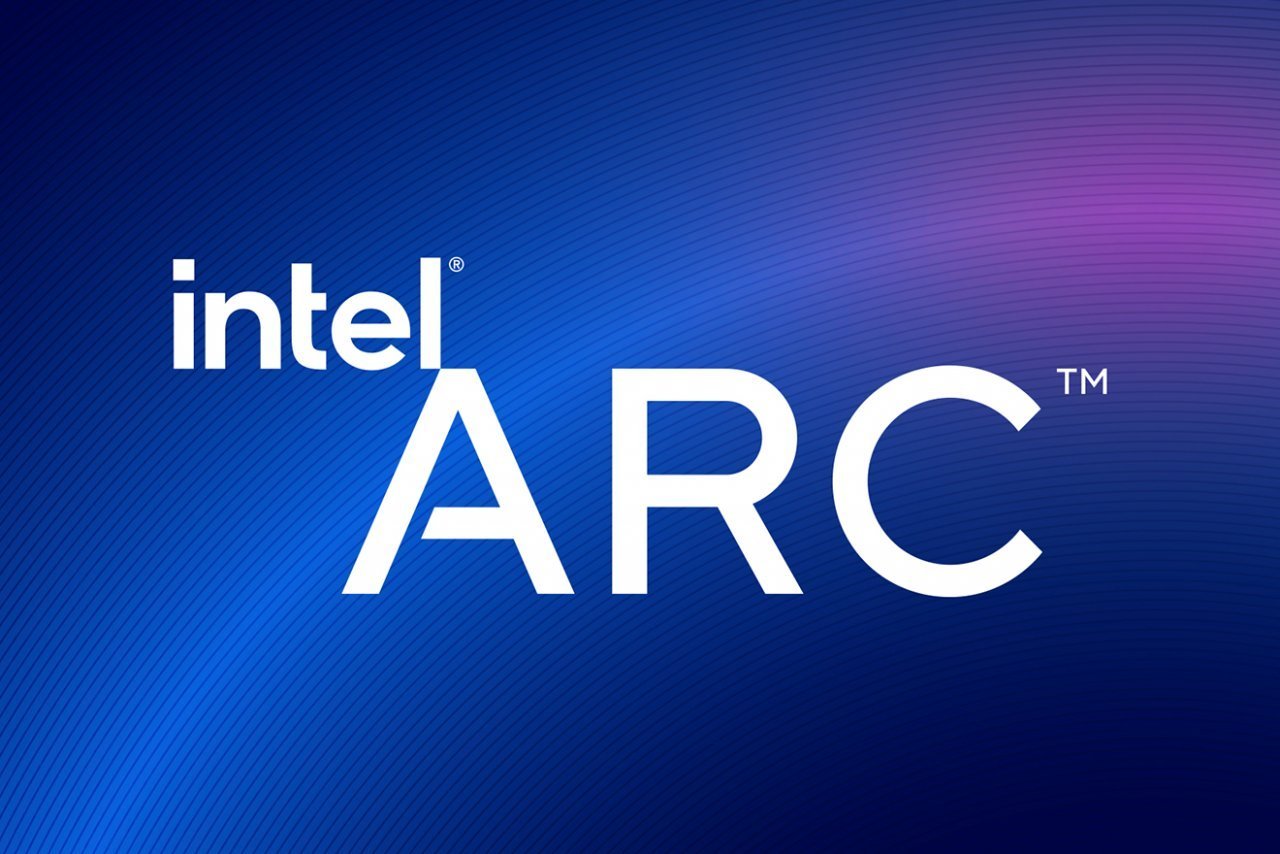Intel unveils new brand of Arc gaming graphics cards

After returning to the discrete mobile and stationary graphics segment last year, Intel wants to become a full-fledged participant in the gaming market. The new Arc device brand will combine hardware and software like Radeon and GeForce.
The new Alchemist processor (previously known as DG2) based on Xe-HPG (High Performance Gaming) architecture will be released at the start of next year. The chip will be available for both stationary PCs and laptops.
Precise information on the performance of the Intel Arc GPU is not yet available. The latest teaser showed the capabilities of the device in games such as PlayerUnknown's Battlegrounds, Metro: Exodus, Psychonauts 2 and some other projects. Past leaks say the flagship graphics cards will have a GPU with 512 execution units, which is consistent with 4096 threading processes, a 256-bit memory bus, and a 16GB GDDR6 video buffer.
At the same time, the new graphics chipsets will receive support for ray tracing, Mech Shaders, Variable Rate Shading and Video Upscaling. AI anti-aliasing is also claimed, but early reports say Intel wants to add AMD FidelityFX Super Resolution technology to the chips, which uses simple spatial scaling. Therefore, it is not known for certain which technology will be applied in the end.
Nothing was specified in the announcement about the technical parameters of the Arc line devices. The company will provide more detailed information closer to the end of 2021.
The new Alchemist processor (previously known as DG2) based on Xe-HPG (High Performance Gaming) architecture will be released at the start of next year. The chip will be available for both stationary PCs and laptops.
Precise information on the performance of the Intel Arc GPU is not yet available. The latest teaser showed the capabilities of the device in games such as PlayerUnknown's Battlegrounds, Metro: Exodus, Psychonauts 2 and some other projects. Past leaks say the flagship graphics cards will have a GPU with 512 execution units, which is consistent with 4096 threading processes, a 256-bit memory bus, and a 16GB GDDR6 video buffer.
At the same time, the new graphics chipsets will receive support for ray tracing, Mech Shaders, Variable Rate Shading and Video Upscaling. AI anti-aliasing is also claimed, but early reports say Intel wants to add AMD FidelityFX Super Resolution technology to the chips, which uses simple spatial scaling. Therefore, it is not known for certain which technology will be applied in the end.
Nothing was specified in the announcement about the technical parameters of the Arc line devices. The company will provide more detailed information closer to the end of 2021.





There are no comments yet :(